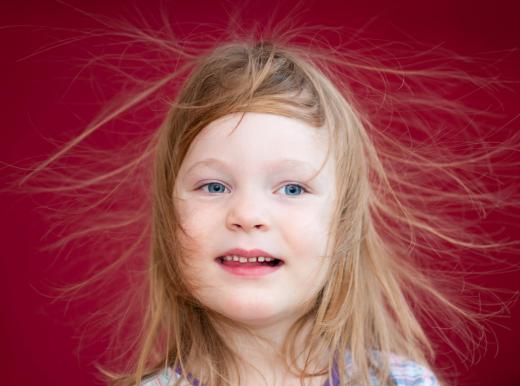What is Humidification?
 Michael Anissimov
Michael Anissimov
Humidification is the artificial regulation of humidity in home environments, industrial environments, and health care applications such as artificial respiration. To be comfortable, people require a certain amount of ambient moisture in the air — not too high, and not too low. Adequate humidification in a manufacturing environment stabilizes moisture in wood, paper, and textiles, while preventing warping in glue joints. In all environments, it reduces fire risk and static electricity while making the area feel comfortable.
Areas in which delicate components such as electronics are assembled require precisely tuned humidity levels. Humidification is achieved using liquid atomisers that distribute moisture to the area, coupled with accurate sensors which measure ambient humidity.

Two quantities are commonly used to measure humidification. Absolute humidity is expressed in grams of moisture per cubic volume of air, while the more commonly used relative humidity is expressed as a ratio between the amount of moisture currently in the air and the maximum moisture the air could hold before condensation occurs. A typical comfortable level of relative humidity is between 35% and 50%. Excess moisture can cause the growth of mold or fungus. Too little can cause static discharge or the accumulation of unwanted dust, contributing to allergies.

Many humidifiers are cheap and require little maintenance. In industrial settings, they are often hung from the ceiling among duct work. Humidification is intimately tied to heating and cooling systems. The level of humidity in the air is also a function of the temperature, so control systems are often integrated with cooling systems.
Humidification systems are designed by mechanical engineers and are also linked to ventilation systems. Given adequate ventilation from the outside, the humidity of an indoor environment will tend to reach equilibrium with the outside. Humidification is also used to "relax" old documents that have become wrinkled with age.
AS FEATURED ON:
AS FEATURED ON:















Discussion Comments
@Post 4 - I hear you! Whether it's a cool mist or a warm mist humidifier, they sure get nasty quickly if you don't maintain them every day. But there are some little tricks you can use. Having plants actually increases your humidity. Or a fish tank. (Of course, either of those will also take maintenance!)
You can also try putting a pain of water near your register or on the radiator, if you have one.
@Post 6 - Dehumidifying is trickier, but hardware stores sell room dessicants you can use. Some people say that a tray of crystal cat litter in a place with good airflow works, too.
what is the other solution to decrease the humidity inside the building, without a dehumidifier machine?
what is the difference between humidification and dehumidification in terms of the dewpoint temp. and dry bulb temp.?
Is the apparatus dry point equal to the dry bulb temp.?
Are there any simple non-electric ways to keep an apartment humidified in winter? (And that don't require you to clean out a humidifier, which has been my downfall in the past.) : (
what is a humidifier? which are generally used for household purpose and industrial purpose?
hi could humidification technology decrease the humidity in air?
I like to know the difference between active and passive humidification.
Post your comments